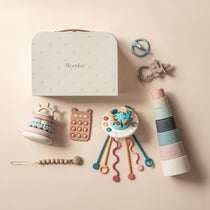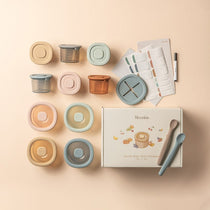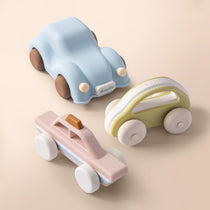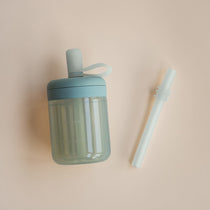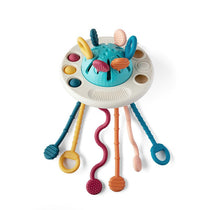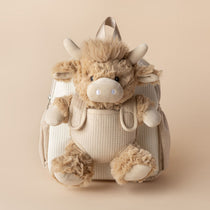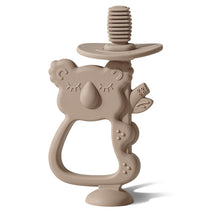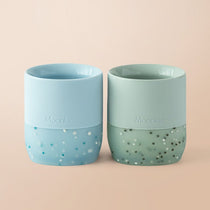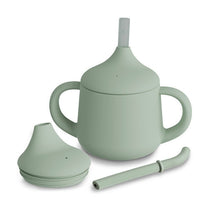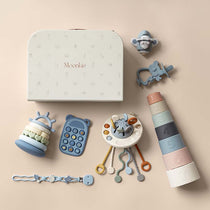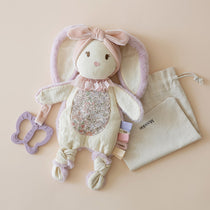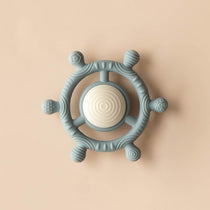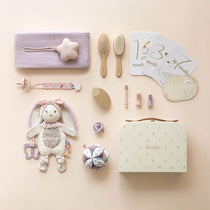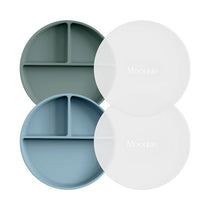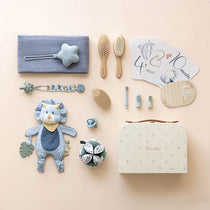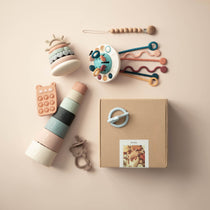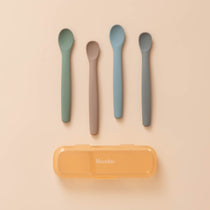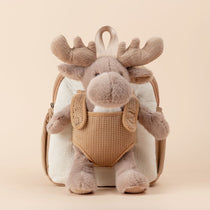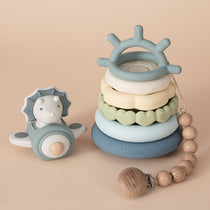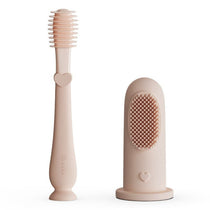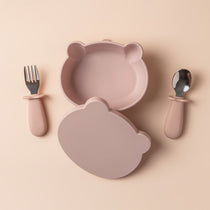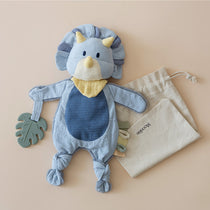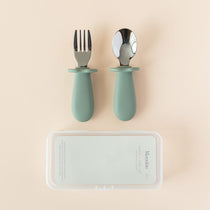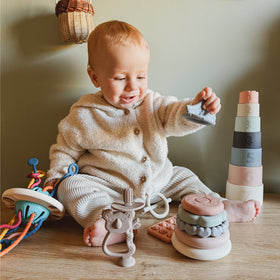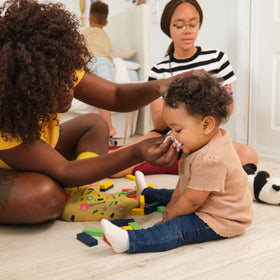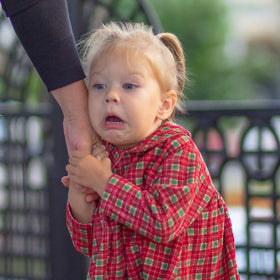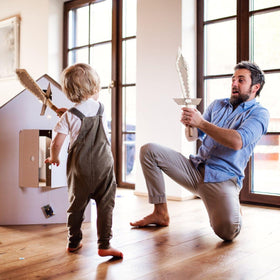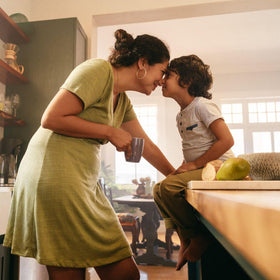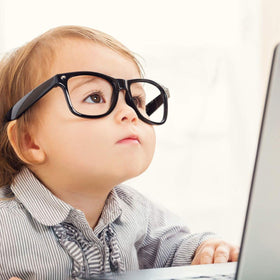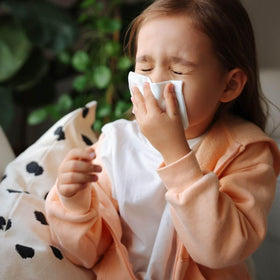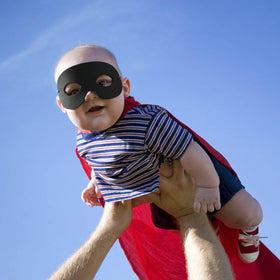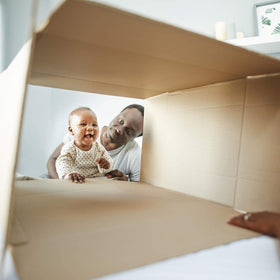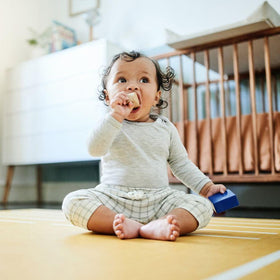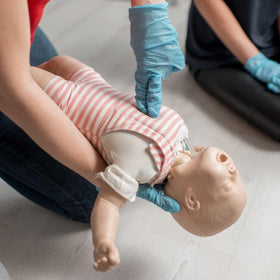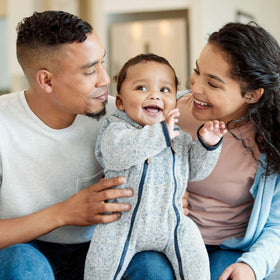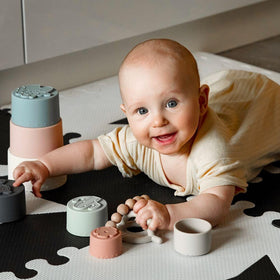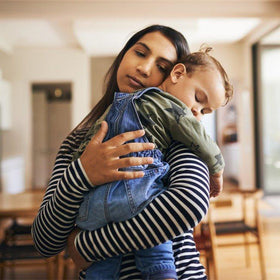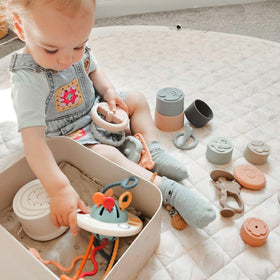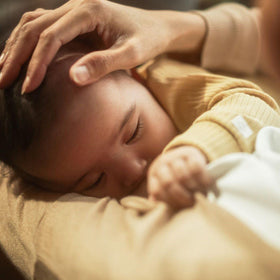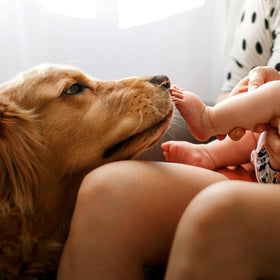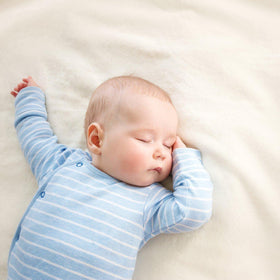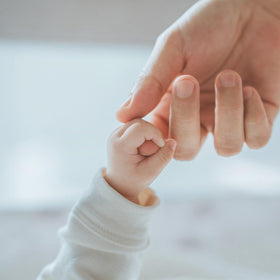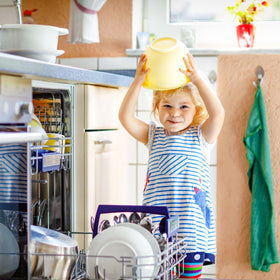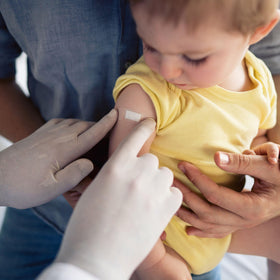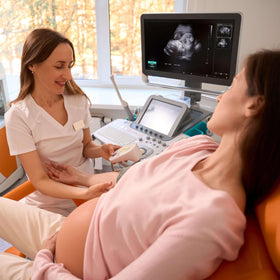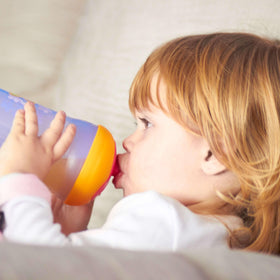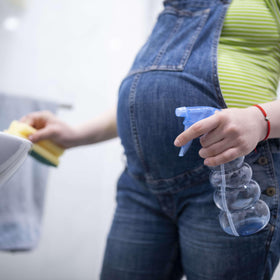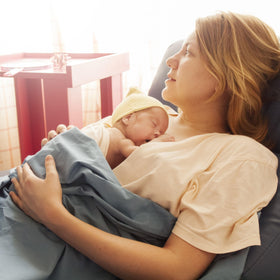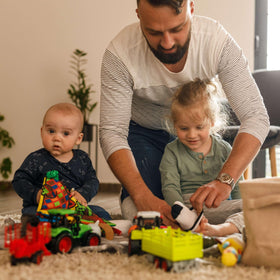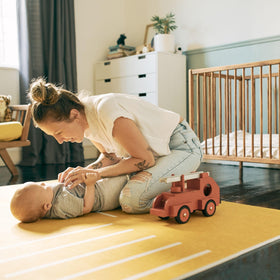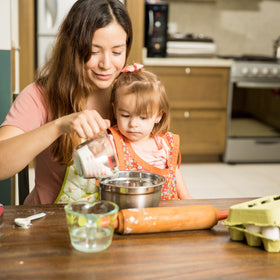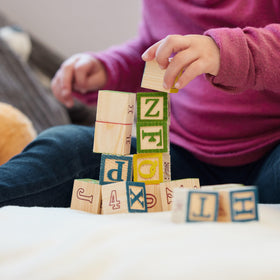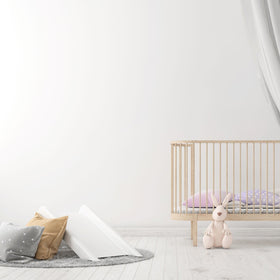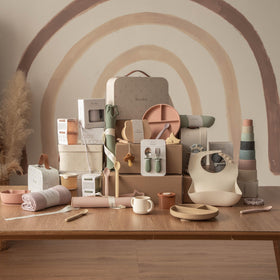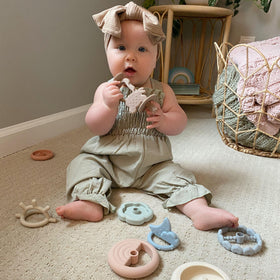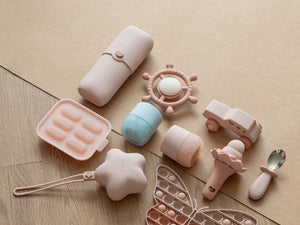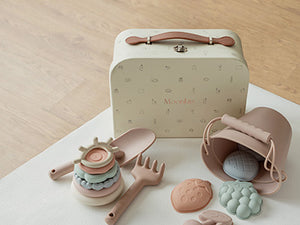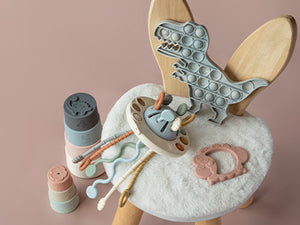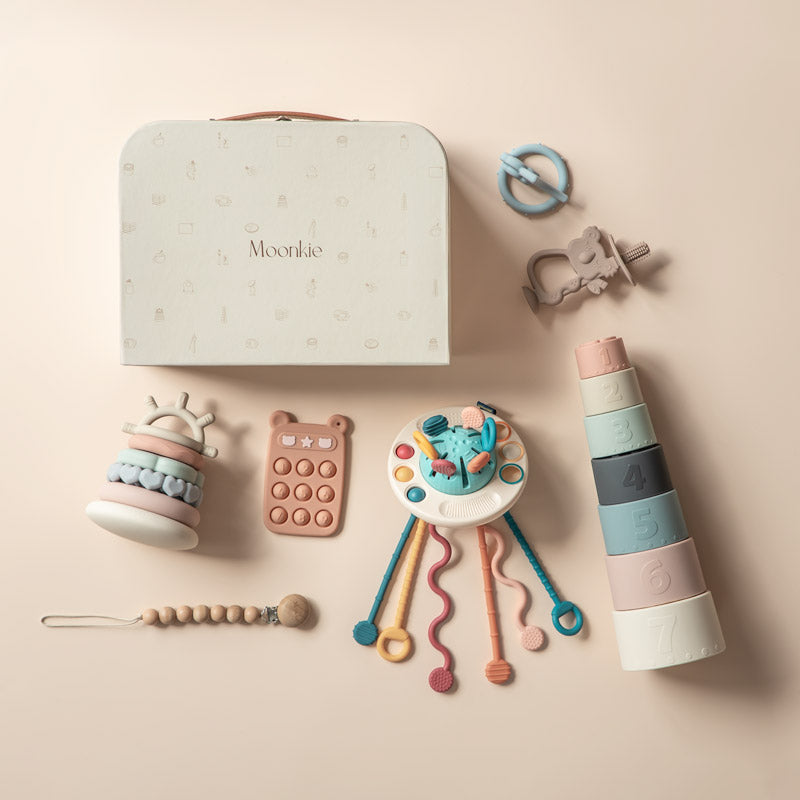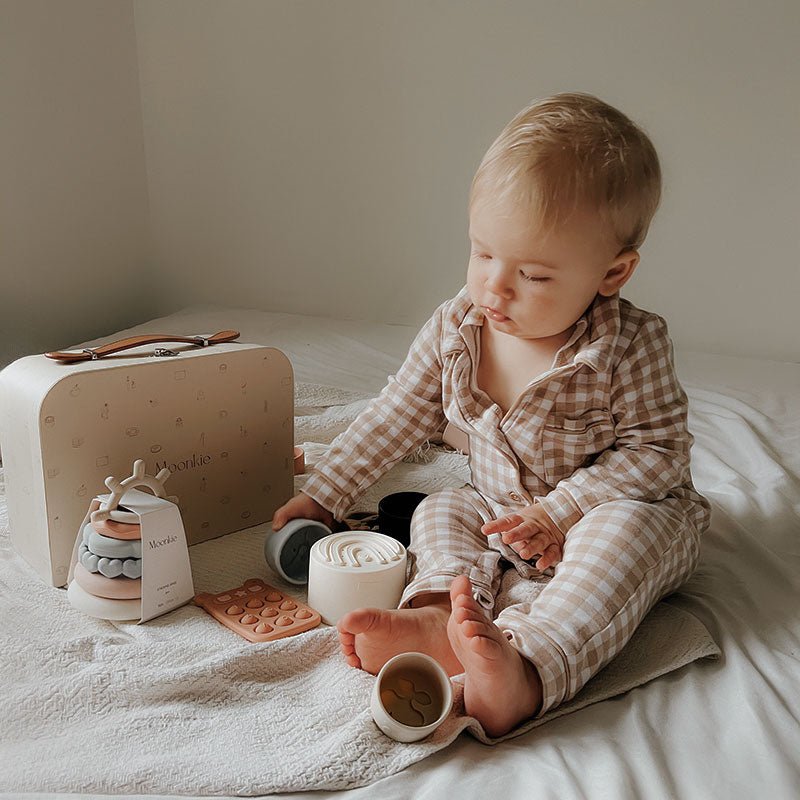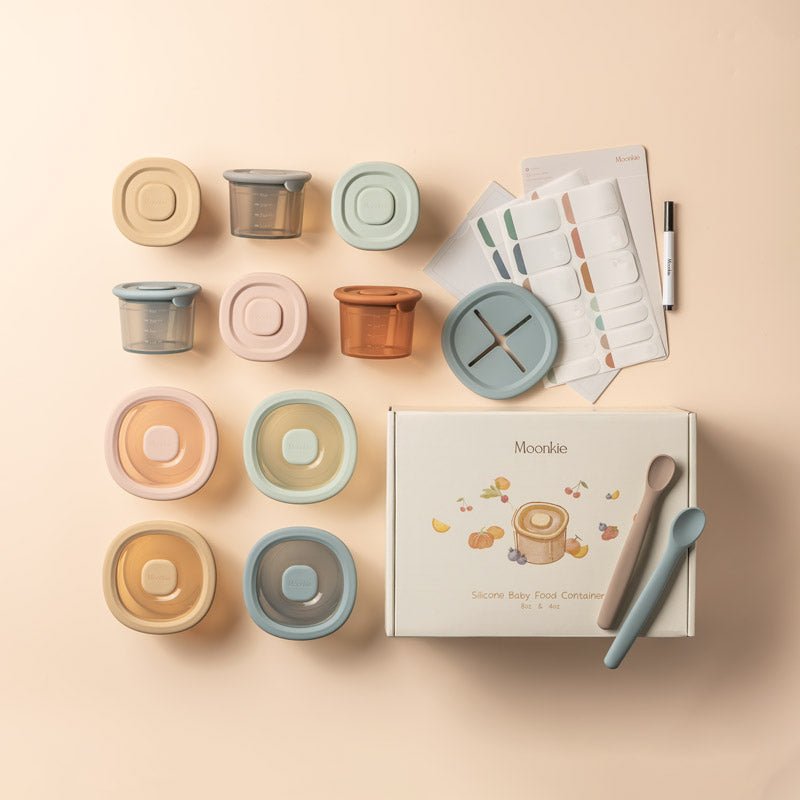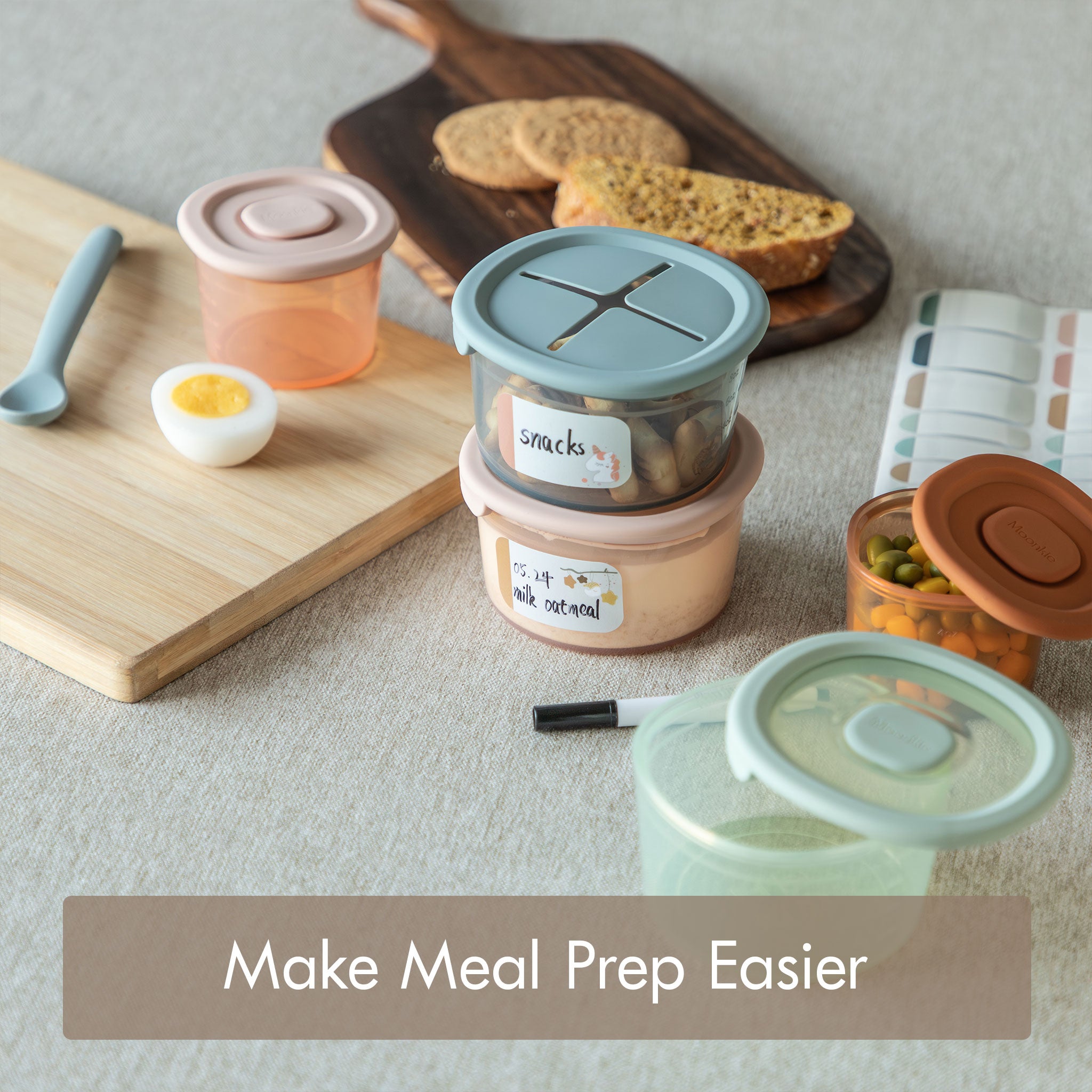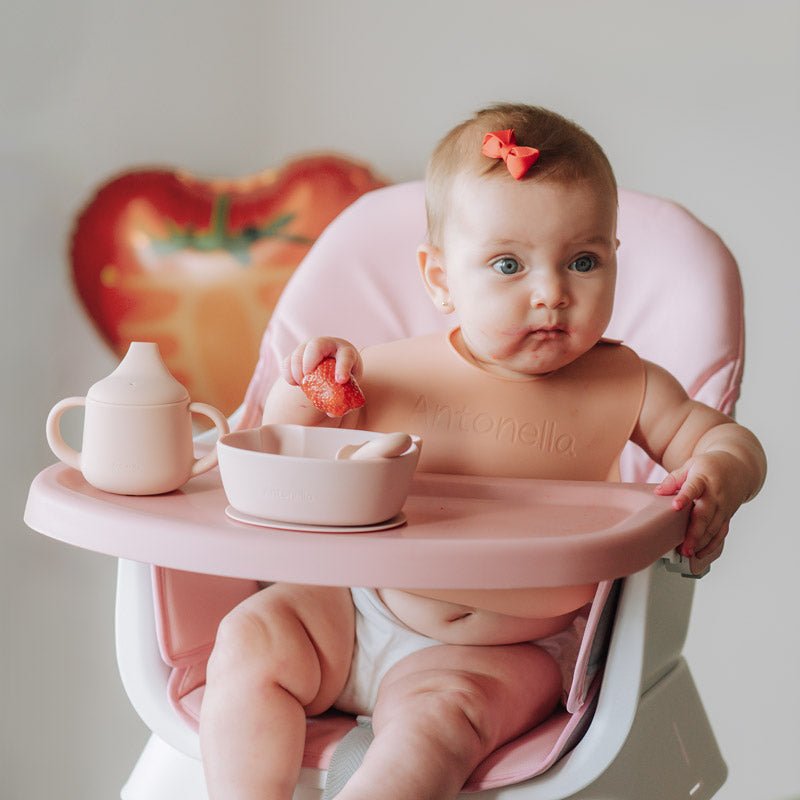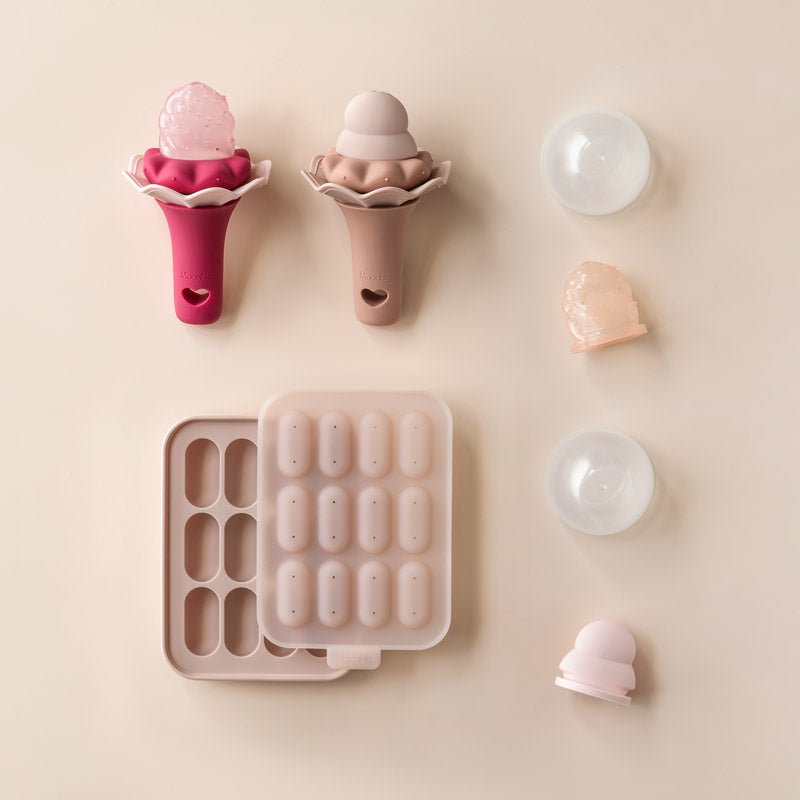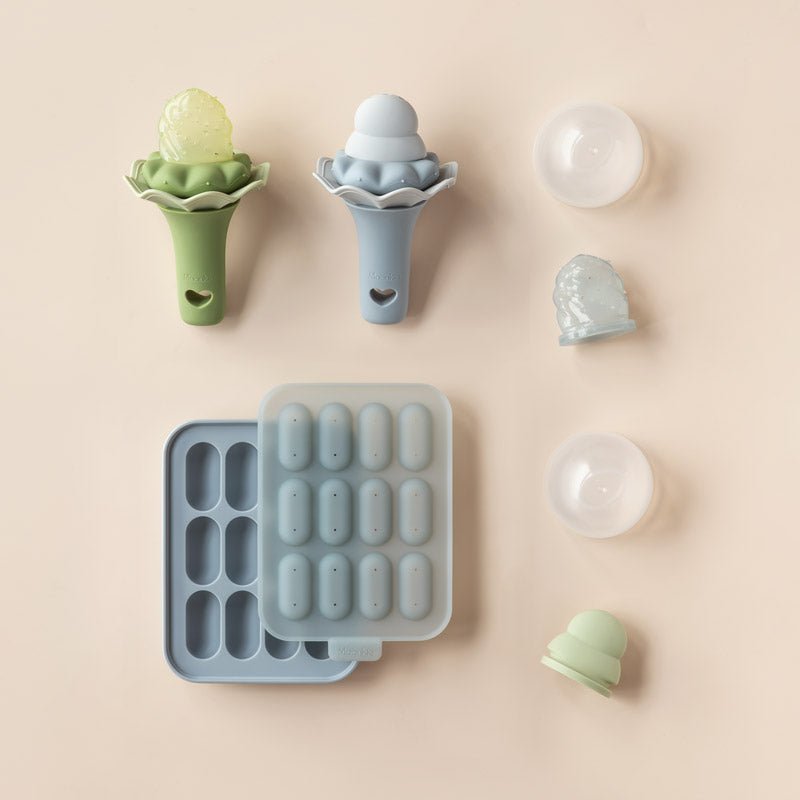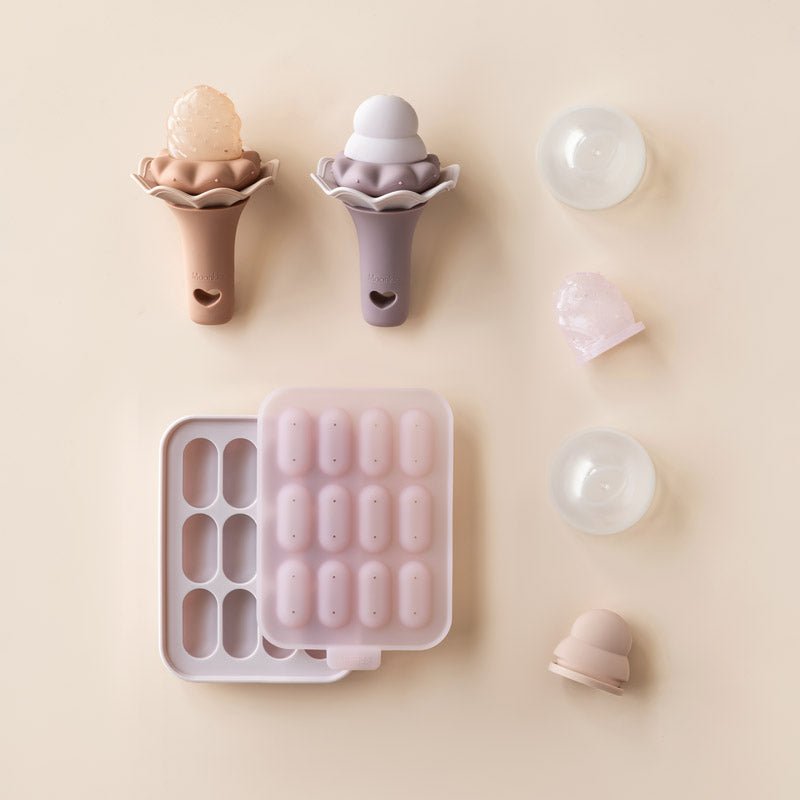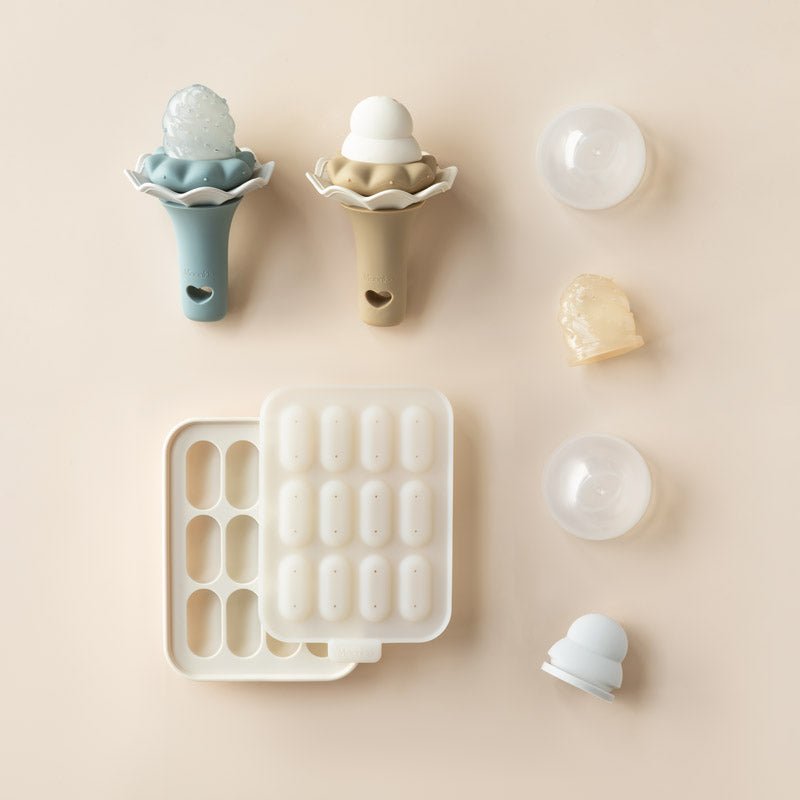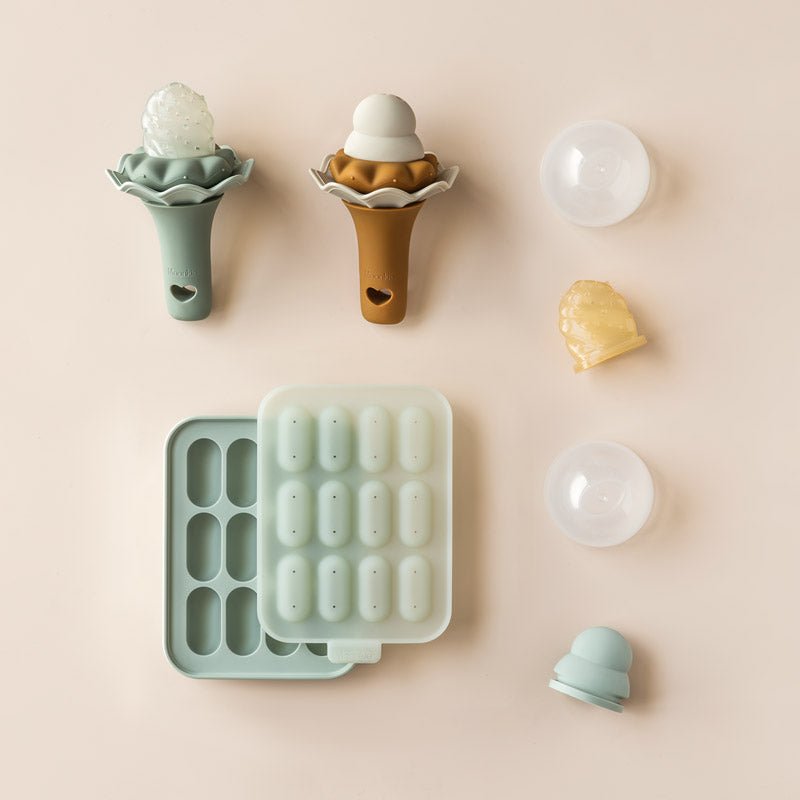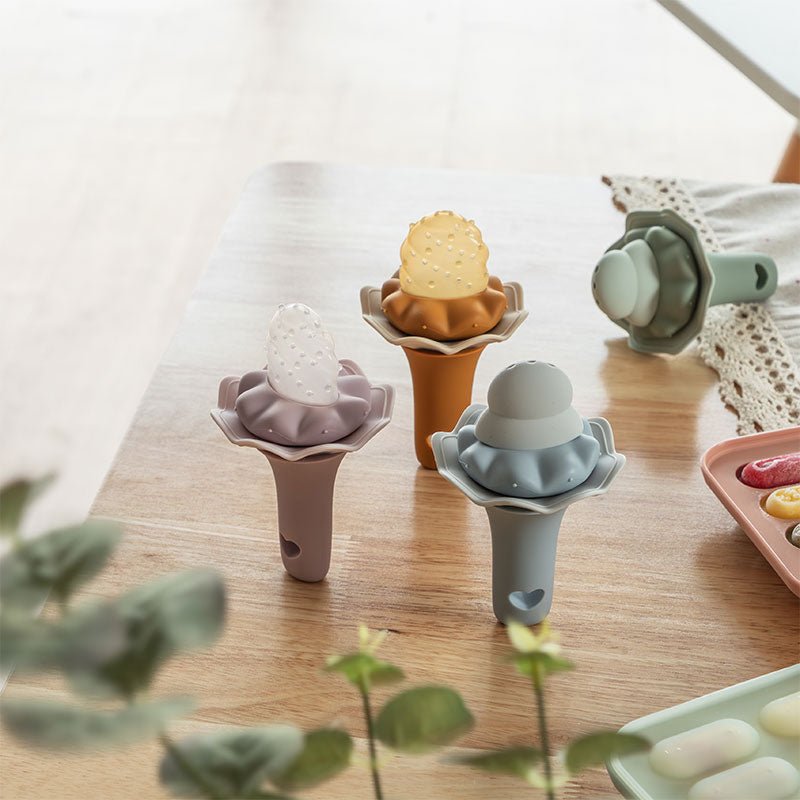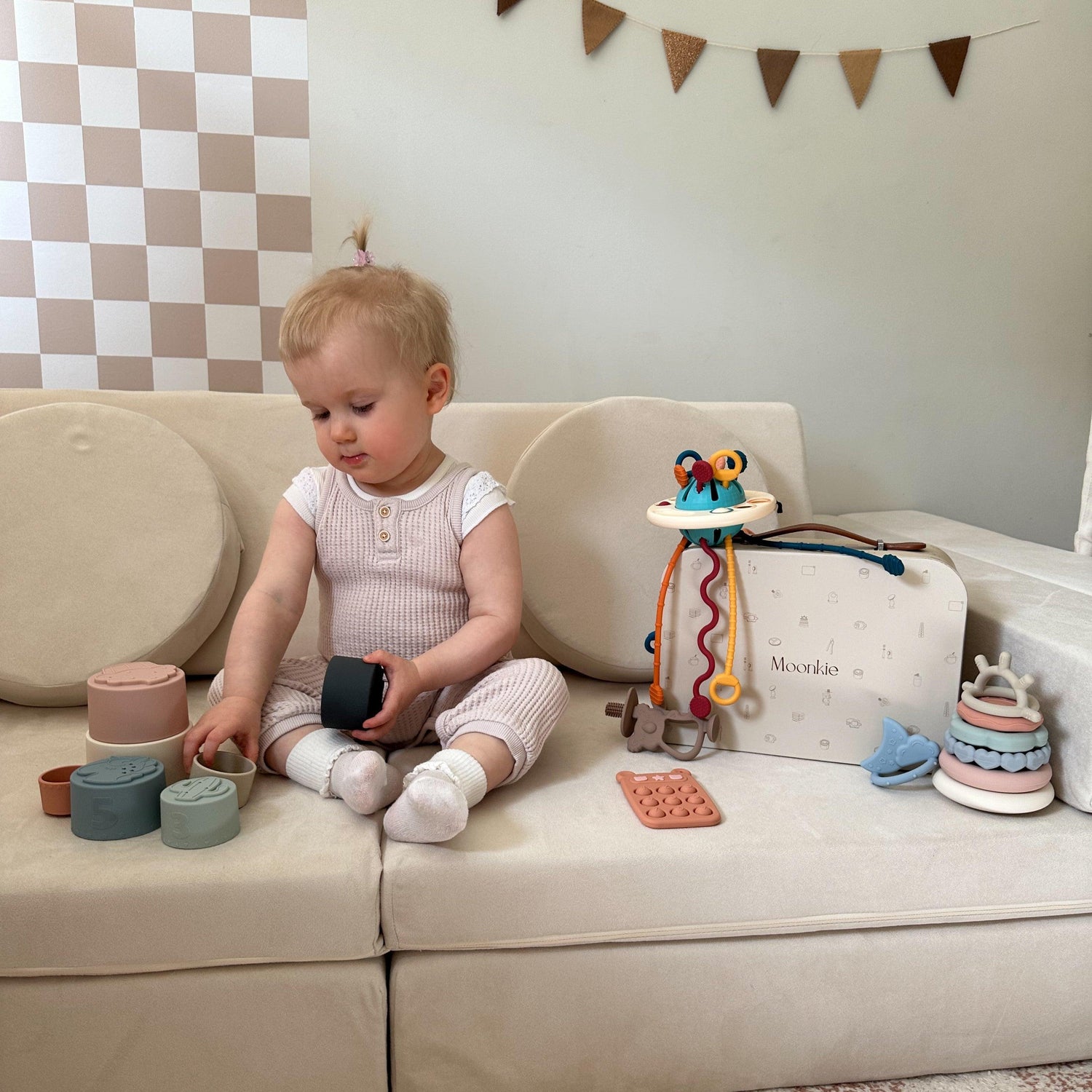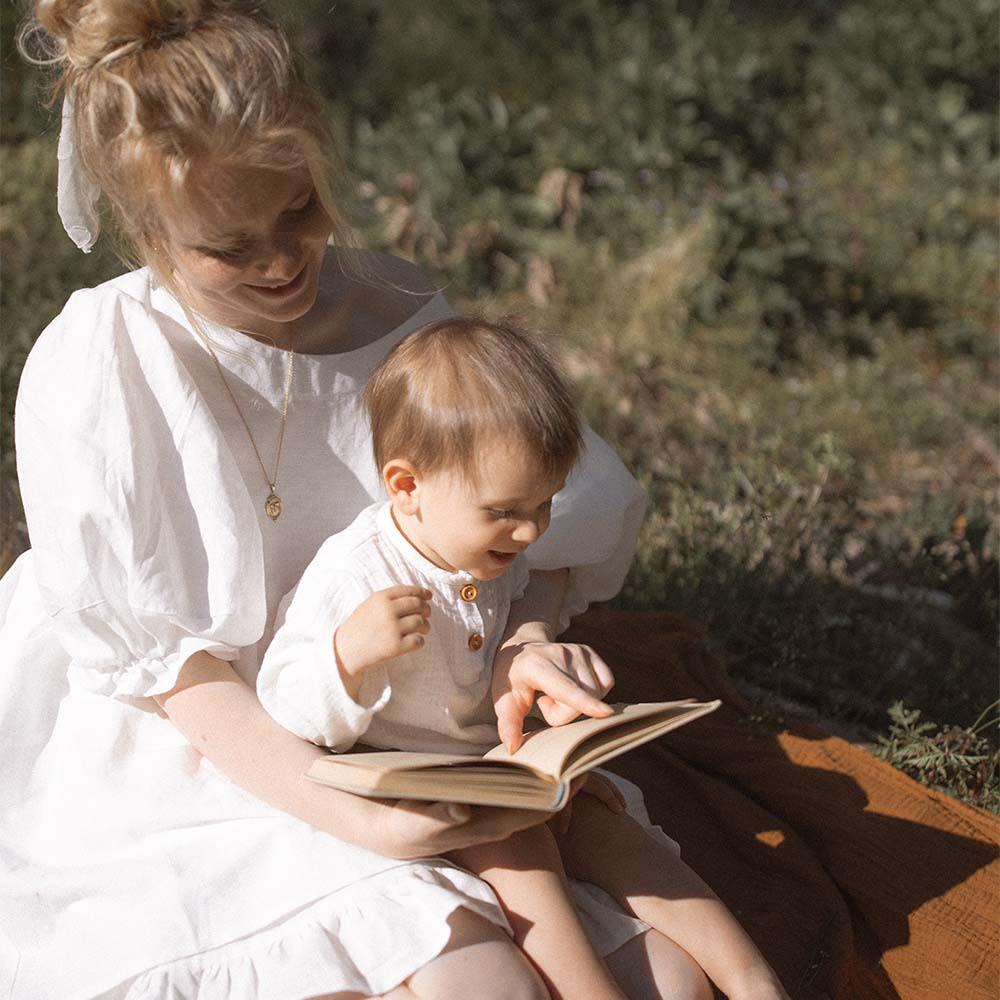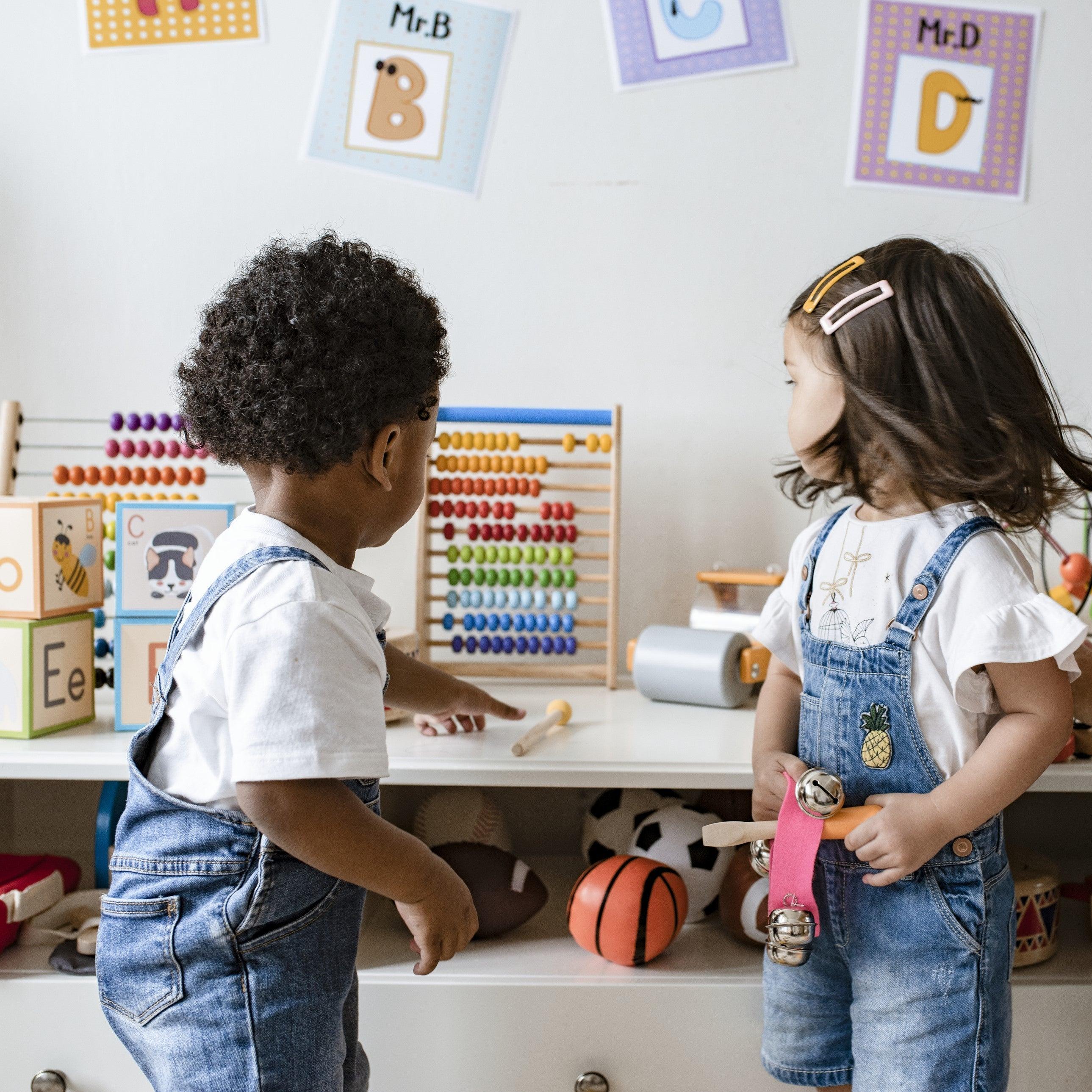Sensory toys and activities are everywhere on the market, but most seem to target babies and one-year-olds. What exactly are sensory toys, and are they appropriate for your two- or three-year-old? And what's the deal with all these "sensory" activities in general?
Babies, toddlers, and even young children need sensory toys and activities to explore, discover, learn, and grow. Sensory toys engage one or more senses as a little one plays with them, allowing the child to focus. Sensory activities are a combination of normal materials that toddlers can play with.
There's a lot to unpack about sensory toys and activities for toddlers, so let's take a closer look!
What's Up with All These "Sensory" Activities?
It's true that "sensory" has become a bit of a buzzword in recent years, with sensory activities and toys popping up everywhere from Pinterest to toy store shelves. However, this trend is rooted in a growing understanding of sensory play for young children.
Research shows that sensory play can help children develop skills essential for success later in life, including problem-solving, creativity, and critical thinking. Sensory play also helps children continue developing their innate curiosity and wonder, which can foster a lifelong love of learning (source).
In recent years, sensory play has been incorporated into various therapy approaches, including occupational and play therapy. These approaches focus on using sensory play to help children achieve specific developmental goals, such as improving fine motor skills or emotional regulation.
Looking for sensory activity ideas for toddlers and preschoolers? Read 7 Unique Preschool Sensory Activities for Homeschool here!
What Are Sensory Toys?
Sensory toys engage a child's senses (touch, sight, smell, taste, and hearing) to promote learning, exploration, and development. If you just thought, "Everything is a sensory toy," you are not entirely wrong.

On the market, sensory toys can be anything from soft, textured balls to musical instruments to toys that light up or vibrate. Some are designed to provide a calming or soothing effect, while others are more stimulating and encourage movement and exploration.
Montessori purists create sensory toys with natural materials so babies, toddlers, and young children always handle real-world materials like wood, organic cotton, stainless steel, and natural rubber.
Montessori-inspired sensory toys are still passive toys that target specific senses and skills, but they may be made of non-natural materials like plastic or silicone.
Yet, when you get down to it, sensory toys can be anything in life: cooking utensils, ice in a bowl, cups and balls, rocks in the yard, spring flowers, you name it! Purchasing sensory toys from brands and stores simply ensures your child is playing with something age-appropriate, safe, and easier to clean.
Is Sensory Play Good for Two- and Three-Year-Olds?
Absolutely! In fact, sensory play is essential for young children's development, helping them develop cognitive, language, motor, and social-emotional skills. It also gives them an opportunity to explore and understand the world around them in a hands-on way that comes naturally to children (source).
Littles are naturally curious and love to explore their environment. Sensory play provides a safe and engaging way for them to do so. Through sensory play, children can learn about cause-and-effect relationships, develop gross and fine motor skills, and improve their communication and social skills.
Sensory play can also be soothing and calming for toddlers. Think of things like weighted blankets, soft, textured toys, or chimes. These can be especially helpful for toddlers struggling with anxiety, sensory processing challenges, or major life changes.
Is It True That Messy Sensory Activities Are Better Than Non-Messy Activities?
I wouldn't go so far as to say that messy sensory activities are better than non-messy activities, but they are undoubtedly important. Kids need times when they can ignore all cleanliness rules and just explore!

Playdough, sand, water, chalk, finger paint, dirt, mud, mulch, leaves--turn your little one loose on whatever you have copious amounts of around you! It's good for your child's coordination, imagination, concentration, and cooperation to squish, splash, and scoot stuff like this around freely (source).
Have you ever watched YouTube video compilations of satisfactory clips? It usually involves cutting things perfectly, squishing colorful goop, or making mesmerizing patterns. This is what little ones feel when they are able to go all in on sensory activities: mesmerized!
Sure, you will likely have a huge mess to clean up, but why not involve your little one in that, too? Big play requires a big cleanup, but that's perfectly fine when it comes to excitement, learning, and lots of giggles!
Should I Even Bother Buying Sensory Toys?
Yes and no. Sensory activities can be anything from cooking and cleaning to gardening and digging in the dirt. They are literally anything involving the senses that allow your child to focus on exploring and learning.
So, can you let your toddler grow up playing outside, tinkering with real tools, and handling DIY sensory bins at home? Yes! But you may want to step into the next room every now and then to get something done. That's where sensory toys are helpful.
Age-appropriate sensory toys are safe for your little one and much easier to keep clean and organized than sensory bins or random tools. Besides, having a go-to set of sensory toys for your little one is a blessing when you are distracted, sick, or traveling!
What If My Toddler Doesn't Like Sensory Toys?
Some toddlers are just not into sensory toys. Perhaps they had a lot of flashy, distracting toys early on, or they currently watch their older sibling's TV shows. Whatever it is, some toddlers find it difficult to entertain themselves actively.
If you find that your toddler needs you, someone else, or electric toys to play, you could have a toddler struggling to use their imagination or independence. Usually, toddlers who are two and a half or three years old have figured out independent play and do so with great imagination.
However, if yours is not doing so, you may mention it to your pediatrician. Typically, little ones have an innate desire to explore, discover, and learn, much of which they do in play. Playing is crucial for everything from language and social development to cognitive and physical development, even independent play.
So, if your toddler is not taking the initiative to play with passive toys when given the time and space to do so, it may be time to evaluate what your toddler is used to being entertained by (TV, lots of activities, electric toys, games, etc.).
If nothing in your family's lifestyle lets your toddler sit and watch (or not much of it does), try sitting on the floor and playing with those passive sensory toys yourself. Show your toddler how to play with them. Maybe your little one just needs some ideas!
What Are the Most Flexible Sensory Toys?
Let's narrow things down to the most flexible, long-lived sensory toys for little ones. You want durable, easy-to-clean toys designed for open-ended play that will entertain your little one for several years. It's even better if they can be combined together for more intricate play down the road!
Here are my top 5:
1. Wooden Blocks
Classic as can be, wooden blocks are a hit for babies, toddlers, and preschoolers because they are simple, stackable, and easy to combine with other toys in imaginative play!

You can find wooden block sets that are smooth and painted or natural wood with carved letters and images in the faces. There are even wooden block sets designed as discovery blocks; some twist, some have buttons, some rattle, and some have pictures inside a window.
Whatever block set you choose, you simply cannot go wrong with them! Just ensure you clean them with warm, soapy water and dry them immediately rather than soak them or spray them with Lysol. Porous wood will soak up chemical cleaners and dry out or crack.
2. Stacking Cups
Yet another classic, stacking cups are an excellent sensory toy for multiple ages! Your little one can experiment with stacking or listen to the sound of the cups clapping together or dropping on the floor. They can also put things into the cups and listen to them spin or shake around.

Moonkie's stacking cups also have a unique raised design on the top, perfect for stamping playdough, dirt, or sand. Since our cups are made of food-grade silicone, you can toss them into the dishwasher for cleaning.
3. Wooden Marble Run
Two- and three-year-olds will need supervision with a wooden marble run, but it is well worth it! A wooden marble run set has several curved tracks and blocks with tunnels through them. After investing time into setting up a track, watch your toddler put marbles through it with squeals of delight!

A wooden marble run set is easy to combine with stacking cups or wooden blocks for more imaginative and challenging play for children aged four and five. I must warn you, though, that wooden marble runs keep adults entertained, too!
4. Wooden Train Set
Though not considered a sensory toy by traditional standards, I included wooden train sets on this list because they engage little ones' senses of touch, sight, and hearing.

As little ones focus on putting together the track, they practice visual planning and feel for the right fit. Then, they listen to the train as they push or pull it along the track. This toy set is super engaging for toddlers and preschoolers--no wonder it's a staple of libraries and daycares!
5. Xylophone
This list would not be complete without a musical instrument. The xylophone made the cut because it engages visual and aural senses while providing metal and wood materials for touch.

I was surprised at how flexibly my little ones used their xylophone. Once they tired of using it as intended, they began to experiment with the sounds it made when a ball was rolled over it, or when it was hit with a block, or when toy cars rolled over it.
They even got excited, telling me how dropping things from higher up made a louder sound, but soft things didn't make much noise at all. The xylophone was the first toy that my kids seemed to intentionally experiment with, which is why I put it on this list of my top sensory toys!
Looking for a solid list of Montessori toys for two-year-olds? Check out 15 Best Montessori Toys for 2-Year-Olds.
What's the Difference Between Sensory and Montessori Toys?
All the toys on the list above are also Montessori toys (or Montessori-inspired). Is there a difference between sensory and Montessori toys? Technically, yes. Sensory toys must stimulate the senses, meaning they can be flashy plastic disco noisemakers.
Okay, that's a bit exaggerated. But at the base, a plastic toy with buttons that flash and play a tune stimulates your child's senses of touch, sight, and hearing. However, they don't encourage further exploration. They entertain and distract.
Compare that to a passive sensory toy that only makes sounds when your child uses it (e.g., rattle, xylophone, rain stick). These toys encourage thought about cause-and-effect relationships and wonder whether hitting it harder or dropping it makes different noises. Sure, that can be annoying, but it is exploration.
Now, Montessori education is known for its sensory focus. Its activities are carefully designed to focus on only one or two senses simultaneously to allow a child to concentrate. Children who can focus as much as they want on something are far more likely to truly learn it.
So, sensory toys can be a lot of things, but Montessori toys must fit inside the Montessori philosophy. In a strict sense, this means the toy must be:
made of natural materials
encourage active play
train a sense
be appropriate for a child's age and skill level
For more on this topic, read Are Montessori and Sensory Toys the Same Thing?
In a Nutshell
Sensory toys and activities are not just a passing trend but an essential tool for promoting your child's development. The best part? Your child simply plays to learn! You do not have to actively plan things out or create a curriculum of logical steps.
All you have to do is present your child with toys and arrange some fun activities around the house each day--even if those activities are helping you do what you already plan to do that day. The beauty of a child's mind is that they will learn with anything you give them. How neat is that?

